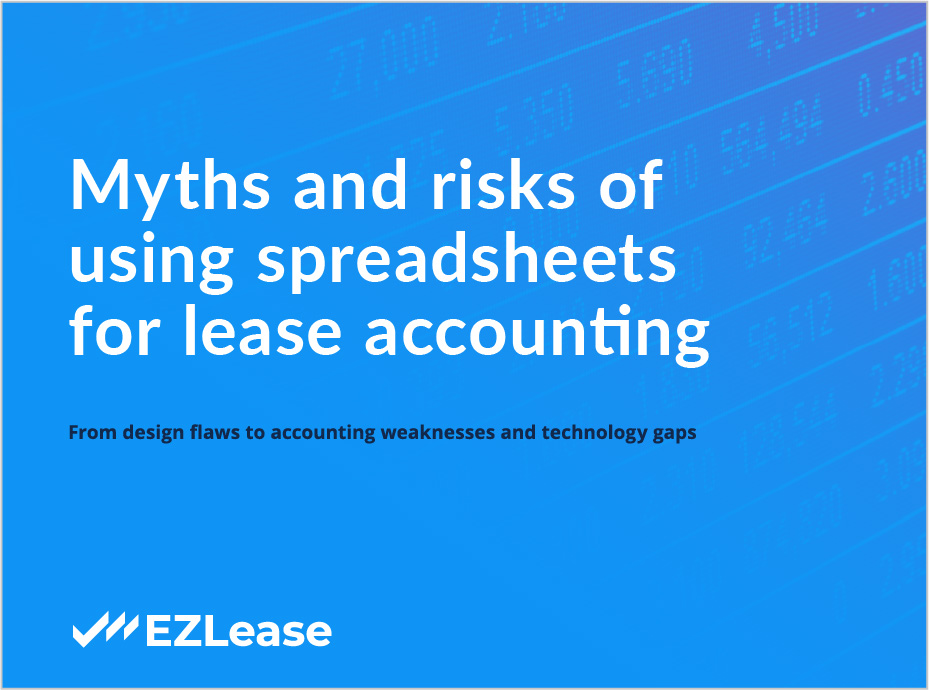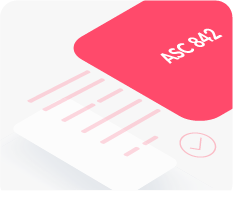eBook
Myths & Risks of Using Spreadsheets for Lease Accounting
From design flaws to accounting weaknesses and technology gaps
- Real-world examples
- Design flaws
- Accounting weaknesses
- Technology gaps
- Avoid risk and errors
- IBR complexity
Download eBook

Back in 2013, Forbes published an article entitled “Microsoft’s Excel Might Be The Most Dangerous Software On The Planet”. The article referenced the “slapdash manner” in which the product is used for complex processes and cited European financial services agencies that warned against its use:
“When relying on manual processes, desktop applications, or key internal data flow systems such as spreadsheets, banks and insurers should have effective controls in place that are consistently applied to manage risks around incorrect, false, or even fraudulent data”
It’s no wonder that such warnings are given. The list of companies that have attributed financial and accounting mistakes to the use of spreadsheets include JP Morgan, Fidelity, Citibank, Barclays Bank, Goldman Sachs, Eastman Kodak, AstraZeneca, and Marks & Spencer. These mistakes always come with significant risks to organizational effectiveness, operating costs, and reputation.
Design flaws
Not a multi-user tool
Spreadsheets are a fine single-user product in which the individual defines the processes and calculations. But lease accounting is enterprise in scope, multi-user in practice. That flaw will severely expose and magnify every lease accounting risk.
Non-existent governance
A spreadsheet’s governance is whatever the user deems to constitute governance. Accordance with company policies is generally voluntary or accidental.
Built for arithmetic
The importance of this basic point can’t be overstated. Spreadsheets can deliver perfect arithmetic, but lease accounting requires complex accounting and journal entries that span the life of the lease. Simple arithmetic won’t come close to getting the job done and would introduce significant risk if it was tried.
Accounting weaknesses
Not a system-of-record
Compliance with the global lease standards absolutely requires a system-of-record to manage assets, lease lifecycles, and reporting.
No controls
The standards require reporting that is a fair reflection of the business, transparent, and with proper levels of management controls. A spreadsheet was never designed for this requirement and level of sophistication.
No audit trails
Leases are highly dynamic and managed by many people, including many that are not in the accounting department. A complete and accurate audit trail is a fundamental requirement to achieving compliance.




